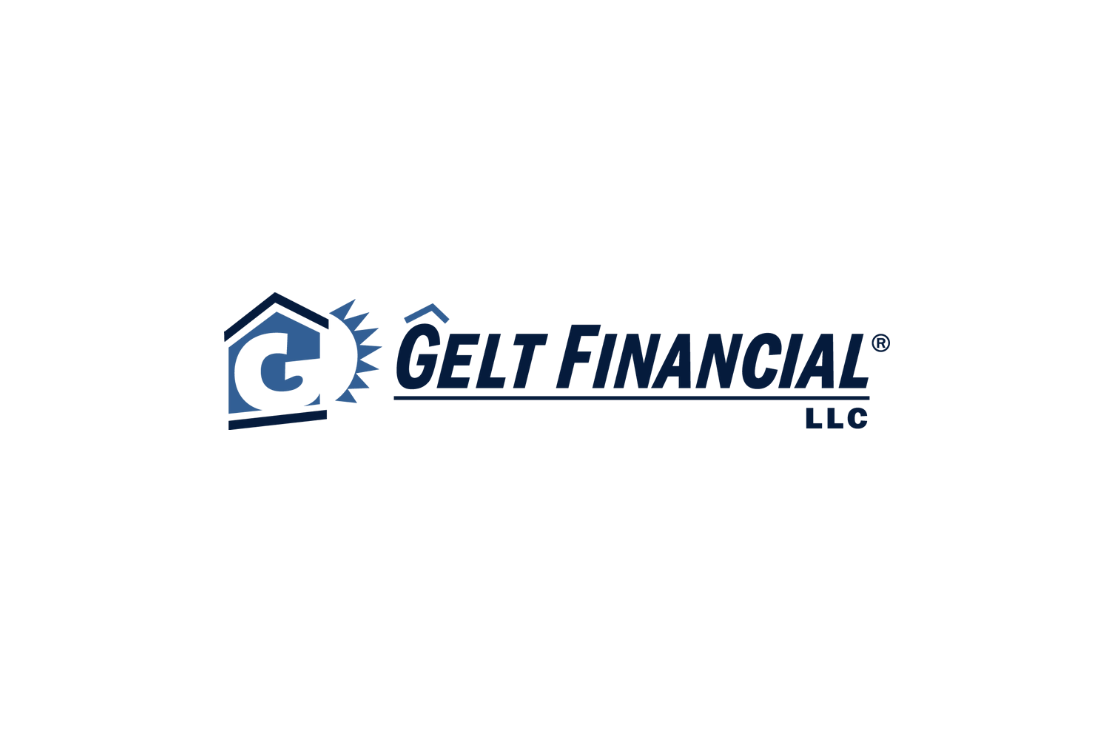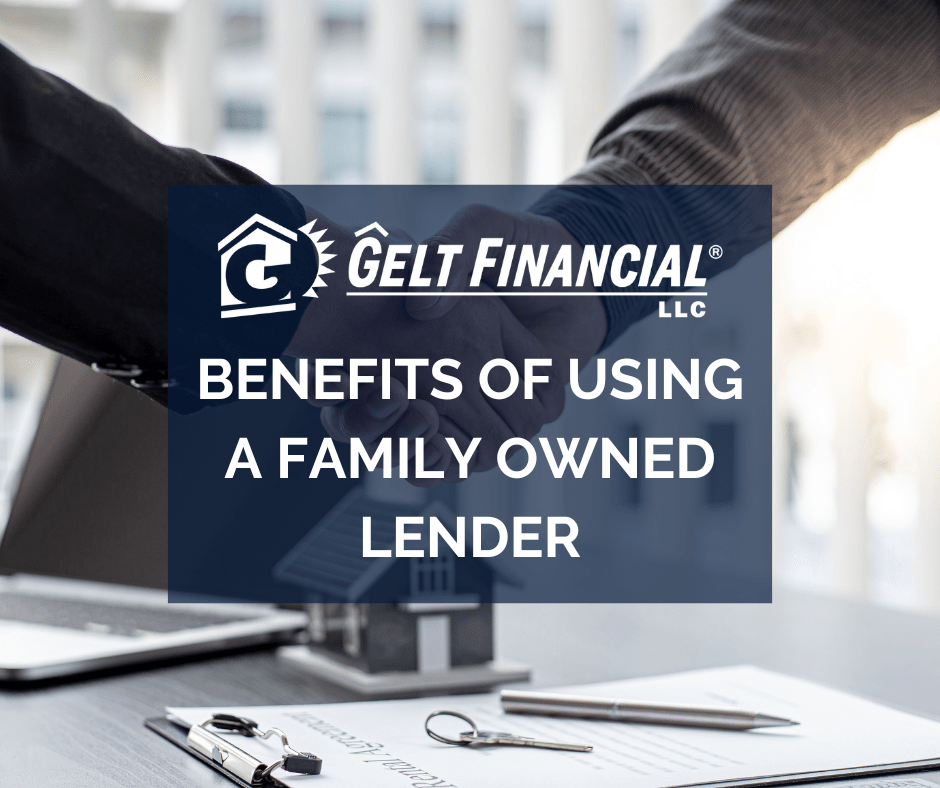Gelt Financial, LLC focuses on DIP Lending, also known as Debtor-in-Possession Financing and exit financing for Chapter 11 bankruptcy cases.
Jack Miller gives a little history and overview of DIP financing benefits. Gelt has been helping commercial real estate and investment borrowers since 1989:
This is Jack Miller at Gelt Financial. I’m here today to talk to you about DIP financing, or commonly known as Debtor-in-Possession financing. DIP is an acronym, or a symbol, for Debtor-in-Possession. It’s the same thing as well as exit financing, and all of them are for companies, businesses, or individuals in Chapter 11 financing. So, I’m going to give you the breakdown because it’s a very Chapter 11 financing is a very complicated topic. It’s not something that one could give a dissertation or a lesson or information on in one or two minutes. So, I’m going to try to break it down for you. First of all, I want you to know that Gelt Financial has been doing debtor-in-possession and exit financing for more than a decade. I’m pleased and excited to say that we really focus on companies in financial distress, either pre-11, during 11, or after 11. We are really experts in this area, and I think once you fee—you’re out there, you’re looking, you’ll find that if you’re looking for financing in Chapter 11, most 99% of the people will not handle it. And when you’re looking for amounts below 5 or 10 million, it becomes even tougher, and that’s what we focus on: the smaller Chapter 11 cases.
So, let me break it up for you. First of all, debtor-in-possession or DIP financing is for active companies in bankruptcy. Just because a company is in bankruptcy doesn’t mean that they’re a bad company or they’re a hurting company. It means there’s some sort of problem. There’s a lot of very strong and great companies and people in Chapter 11. It just they’re there because of a specific reason. And you should think of Chapter 11 and bankruptcy as a tool to use for the businessman. That’s the reality in today’s climate. But DIP financing is a court-approved financing for a company. It can be done, filed with the court, the same day as the bankruptcy, and usually we call that a pre-DIP, or we work it out same day motions. Or it can be done if you’re in bankruptcy for a year or two, it can be done along the way. But either way, it needs the court approval.
The difference between one of the differences is there’s a lot of differences. One of the differences between DIP financing and regular financing, a regular financing outside of bankruptcy, we negotiate the deal between us and the borrower. Whatever the rate is, the rate is, and whatever the terms are, the term is, and all the things with it. Within the bankruptcy, before a deal can go through, you need to get a bunch of people’s approval. You need to get the judge’s approval; you need to get the US trustee’s approval. Sometimes you need the secure and unsecured creditors’ approval. If not, you have to be prepared to fight them out on it or submit a plan that you can overcome their approval.
So, it’s critical that you have good attorneys and that you speak to people who really know what they’re doing because the setting up of the plan, including the financing, is critical to having an approved confirmable plan. If it’s set up wrong and if it’s structured wrong, you won’t be a success. And the pure reality is people don’t want to hear. But the pure reality is 90% of companies that file bankruptcy, the numbers are off a little bit, no one really knows, but give or take, you can say 85% to 95% of them don’t come out of Chapter 11, or they fail, or they disappear, they’re evaporated from the earth. But if you structure the plan and structure your financing right, and obviously, we deal with the financing side, you can be, you have a shot at being successful. So, debtor-in-possession is a fantastic tool. We’re— the way we do what it Gelt is we’re taking collateral on something, we’re taking a lien on something, and again, we need to get the court’s approval to do it, all the stakeholders’ approval to do it. The lien can be short-term, it can be long-term, we’ve been involved with both. It could be— it could be what’s called a priming lien or non a priming lien, which is a whole another topic to talk about, but that essentially is what debtor-in-possession financing is.
The next thing I want to talk to you about, which we do a lot of, as well as exit financing. Exit financing falls under the bankruptcy umbrella, but it’s for companies who are exiting a bankruptcy plan. So, some deals, real deals that we’ve done on an exit financing, about a year ago, there was a couple who owned the liquor store with real estate in New Jersey, and they were exiting the bankruptcy and they needed some money to pay off their secured creditor. We provided that financing as an exit to the bankruptcy. And the bankruptcy could be an exit through the court, or it could just the plan could be dismissed. So, exit financing is an area we’re very involved with.
Again, it’s critical in all forms of bankruptcy to think it out and think about how it affects everything because it’s a very intricate process between the judges, between the U.S. trustees, between your attorneys, and the secured and unsecured. It’s incredibly complicated. So, I would urge people to give us a call. You can reach us at 561-221-0900. You can ask for me, my name is Jack Miller, it’s extension 238. Or you can check us out online at geltfinancial.com. Take care and have a great day.
Category: Loan Programs
























